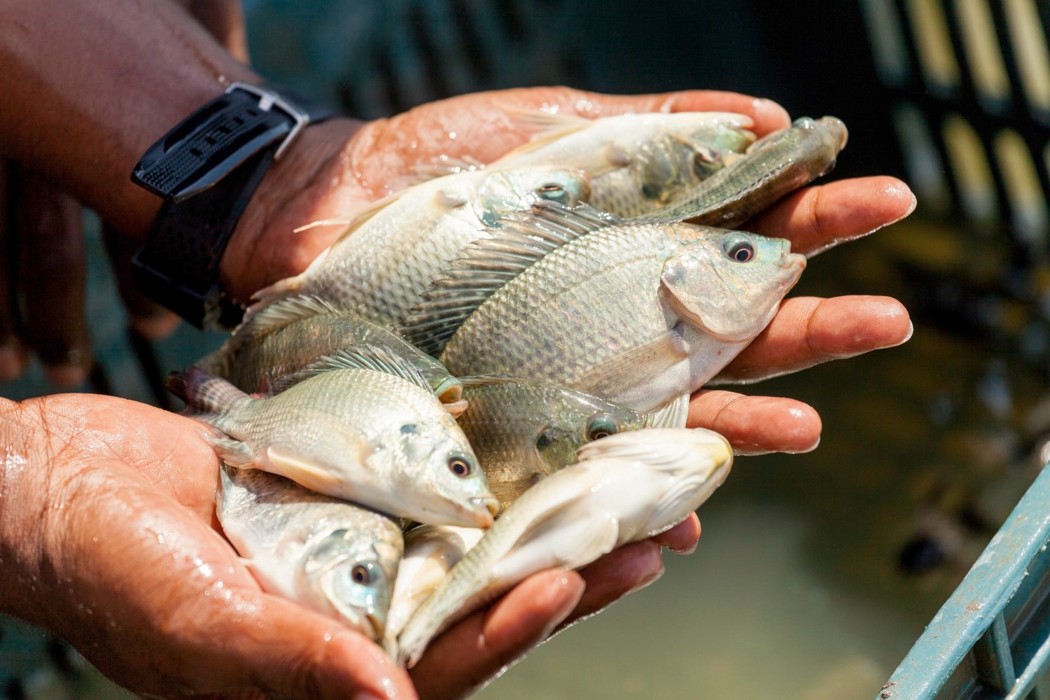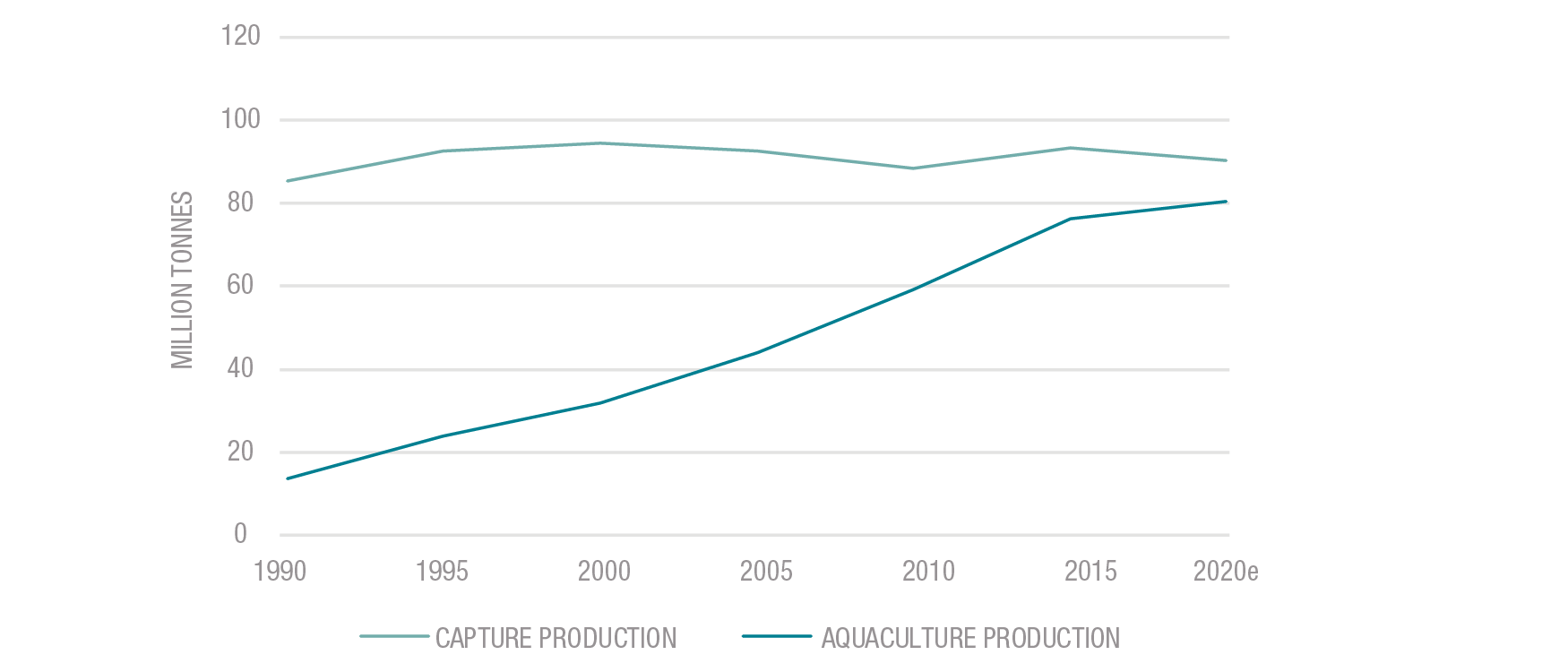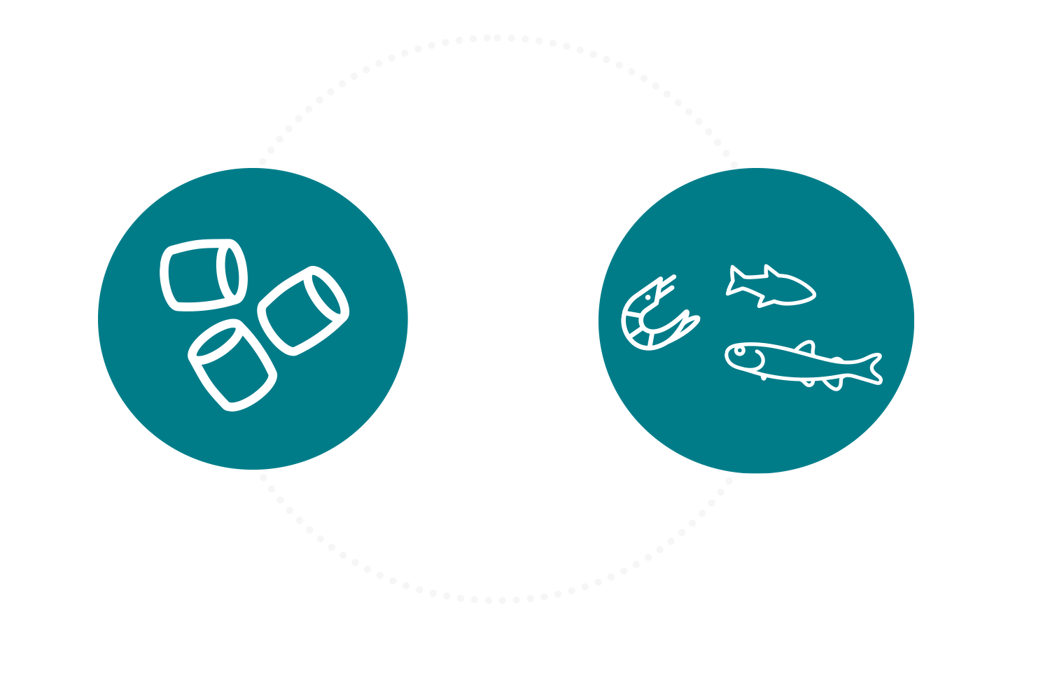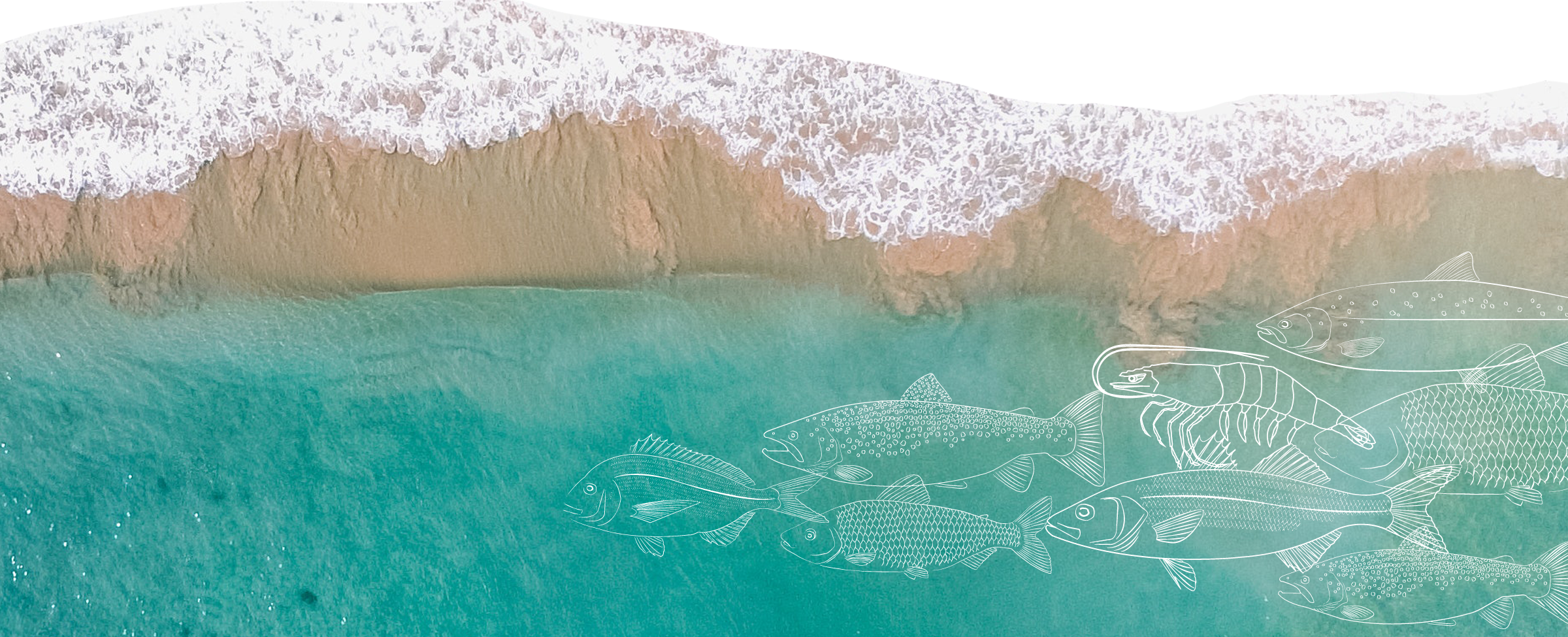Putting it into context
Seafood supply chains today, comprising a wide range of species and products, provide essential nutrition to billions of people around the world. In addition to being the main source of long-chain omega-3 fatty acids, which are critical for human health and development, these foods also provide crucial minerals such as calcium, phosphorus, zinc, iron, selenium, and iodine, as well as vitamin A, D, and B, and vital amino acids such as lysine and methionine. We will talk about this a little more in the report.

It is widely accepted that even consuming small amounts of seafood can have a significant positive nutritional impact for people of all ages. These health benefits, along with population growth, rising incomes, and increasing urban areas, have resulted in a strong global consumption trend. According to the Food and Agriculture Organization of the United Nations (FAO), people have never consumed as much fish as they do today. FAO's most recent data reveal that global consumption has doubled since the 1960s to an estimated 20.5 kg per capita in 2018, and also that annual global consumption growth has increased at twice the rate of population expansion each year for the past 40 years.
As signatories to the United Nations Global Compact's Sustainable Ocean Principles, we recognize the urgency and global importance of a healthy ocean and will take action to promote ocean well-being for current and future generations.
Stagnation in fisheries has placed a heavy responsibility on aquaculture to meet most of the growing market need for seafood. Once again, FAO has shown that our industry is up to the challenge and growing faster than any other major food production sector. In fact, human consumption of farmed fish and prawns has eclipsed that of wild fish products and it is predicted that by 2030, 60% of the seafood we consume will be produced in farms, based on a total global harvest of 110 million tonnes.
A report published in 2020 commissioned by the High-Level Panel for a Sustainable Ocean Economy, titled "Ocean Solutions That Benefit People, Nature and the Economy", states that the ocean is capable of producing six times as much seafood sustainably by 2050, with significant potential to expand ocean aquaculture if crops avoid negatively affecting surrounding ecosystems and use aquaculture feeds that are not made from wild caught fish.
As signatories to the United Nations Global Compact's Sustainable Ocean Principles, we recognize the urgency and global importance of a healthy ocean and will take action to promote ocean well-being for current and future generations. The Sustainable Ocean Principles provide a framework for responsible business practices across sectors and geographies. They are based on and complement the Ten Principles of the United Nations Global Compact on human rights, labour, the environment and the fight against corruption.
Aquaculture vs fisheries

At Skretting, we believe that much more can be achieved.
Despite clear growth trends, fish and seafood account for only 7% of the protein consumed worldwide, while only 2% of all the food we eat comes from the sea. This, despite the fact that our oceans cover more than 70% of the Earth's surface. So, as we look towards the challenge of providing nearly 10 billion people by 2050 with a healthy diet that occurs within planetary boundaries, aquaculture is uniquely positioned to be one of the most productive and sustainable feeding methods for people and the planet.
In 2020, Skretting produced 2.3 million tonnes of feed, resulting in more than 21 million servings of fish and prawns per day.

